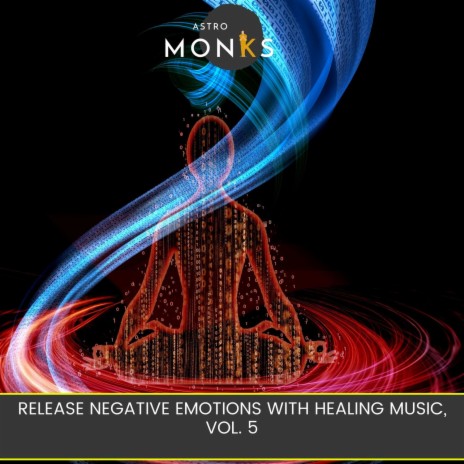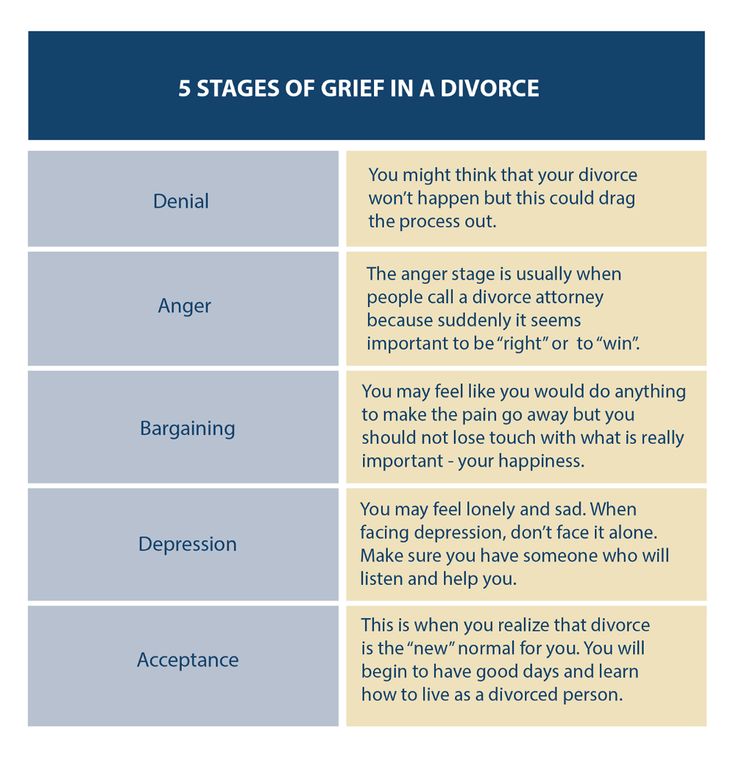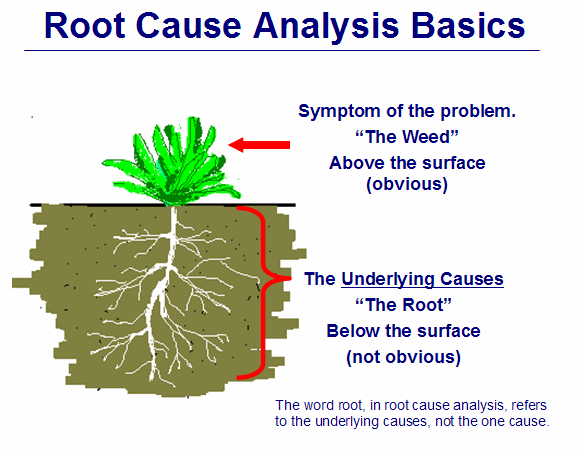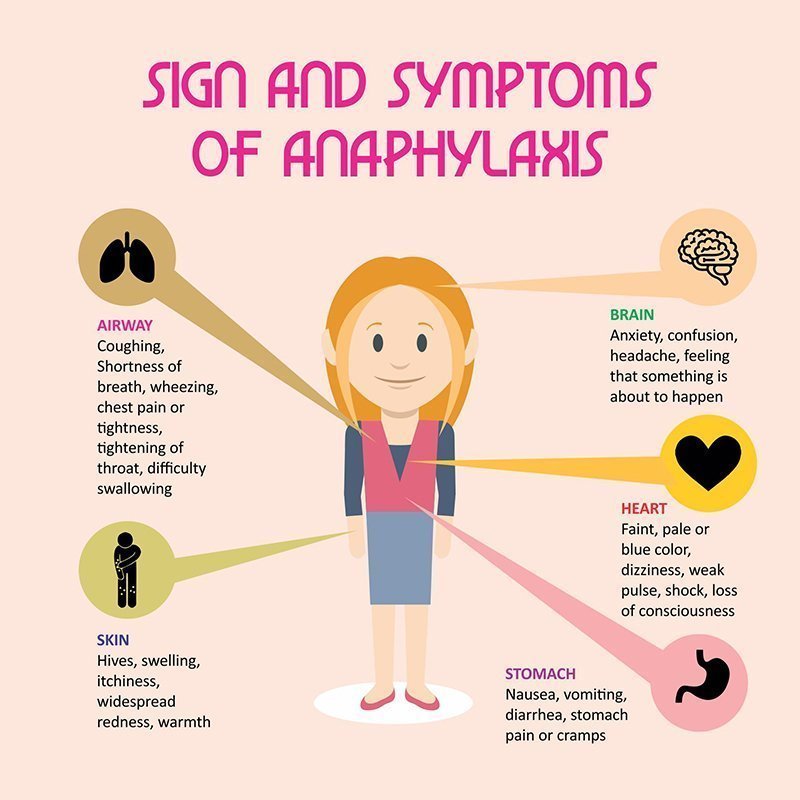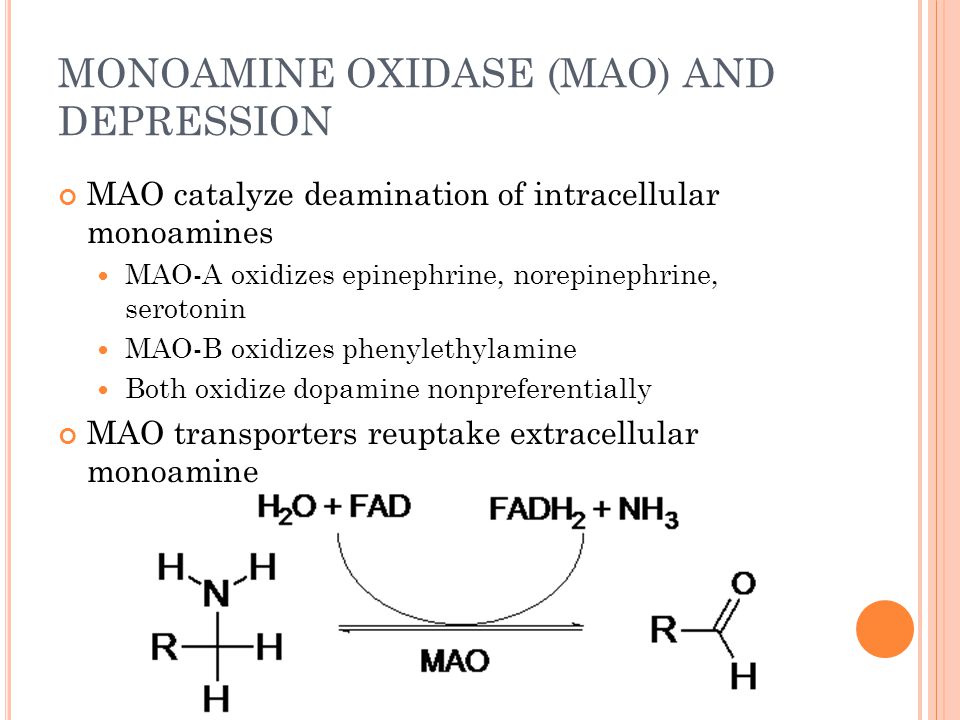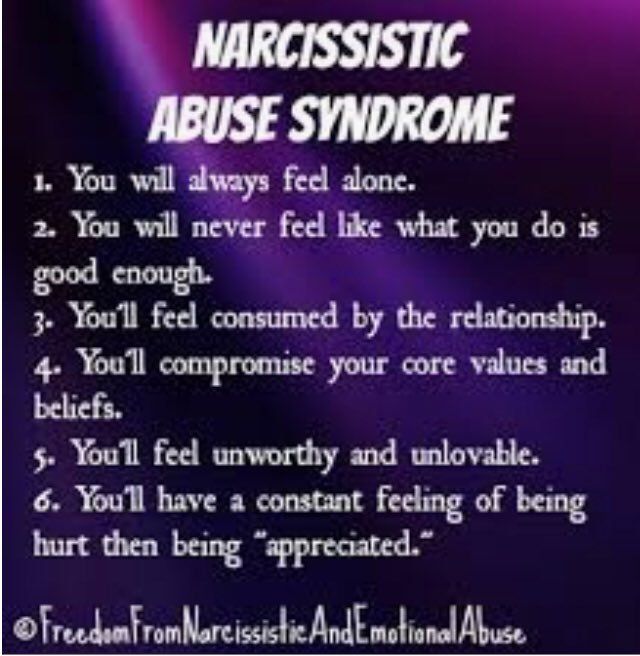Release negative emotions
Helpful vs Harmful: Ways to Manage Emotions
Negative emotions like fear, sadness, and anger are a basic part of life and sometimes we struggle with how to deal with them effectively. It can be tempting to act on what you’re feeling right away, but that often doesn’t fix the situation that caused the emotions. In fact, it may lead to more problems to deal with down the road.
Some of the harmful ways that people deal with negative emotions:
Denial
Denial is when a person refuses to accept that anything is wrong or that help may be needed. When people deny that they are having problematic feelings, those feelings can bottle-up to a point that a person ends up “exploding” or acting out in a harmful way.
Withdrawal
Withdrawal is when a person doesn’t want to be around, or participate in activities with other people. This is different than wanting to be alone from time to time, and can be a warning sign of depression. Some people may withdraw because being around others takes too much energy, or they feel overwhelmed.
Others may withdraw because they don’t think other people like them or want them to be around. In some cases, people who have behaviors that they are ashamed of may withdraw so other people don’t find out about what they are doing. But withdrawal brings its own problems: extreme loneliness, misunderstanding, anger, and distorted thinking. We need to interact with other people to keep us balanced.
Bullying
Bullying is when a person uses force, threats, or ridicule to show power over others. People typically take part in bullying behavior because they don’t feel good about themselves and making someone else feel bad makes them feel better about themselves or feel less alone. It is harmful to both the bully and the person being bullied and does not address underlying issues.
Self-harm
Self-harm can take many forms including: cutting, starving one’s self, binging and purging, or participating in dangerous behavior. Many people self-harm because they feel like it gives them control over emotional pain.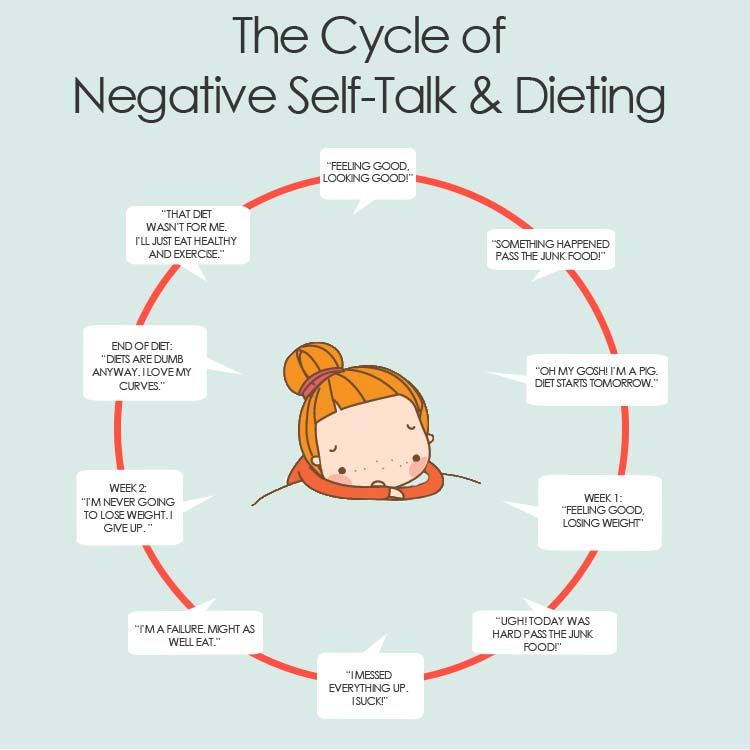 While self-harming may bring temporary relief, these behaviors can become addictive and can lead people to be more out of control and in greater pain than ever.
While self-harming may bring temporary relief, these behaviors can become addictive and can lead people to be more out of control and in greater pain than ever.
Substance use
Substance use is the use of alcohol and other drugs to make a person feel better or numb about painful situations. Alcohol and drug use can damage the brain, making it need higher amounts of substances to get the same effect. This can make difficult feelings even worse and in some cases, leads to suicidal thoughts or addiction. If you are concerned about your own or someone else’s use of drugs or alcohol, talk to a responsible adult right away to get help.
The good news is that with practice, everyone can do a better job of dealing with their negative emotions in healthy ways. One way to deal with uncomfortable or unpleasant emotions is to remember the word PATH. PATH stands for:
Pause Acknowledge Think Help
Step 1: Pause.
This step is important because instead of acting on feelings right away, you stop yourself and think things through.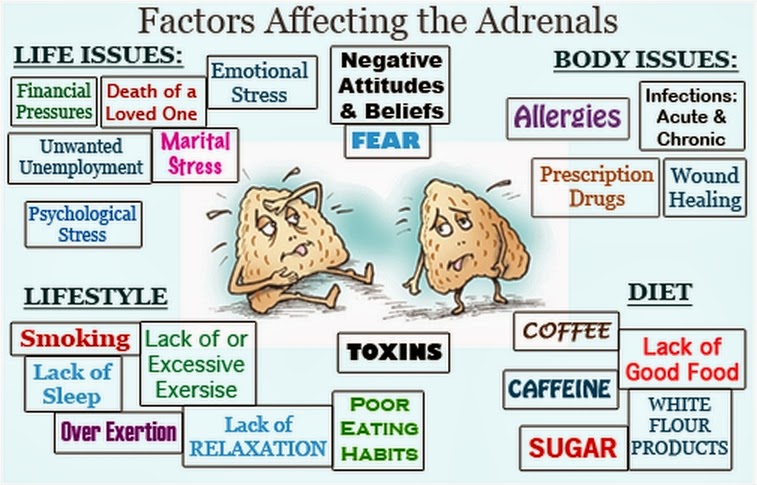 Count to 100 or say the alphabet backwards.
Count to 100 or say the alphabet backwards.
Step 2: Acknowledge what you’re feeling.
For example, are you mad at someone, or are you sad because your feelings were hurt by what they did? Whatever it is that you are feeling, it is ok to feel that way.
Step 3: Think.
Now that you have taken a few moments to figure out what exactly it is that you are feeling, think about how you can make yourself feel better.
Step 4: Help.
Take an action to help yourself based upon what you came up with in the “Think” step.
If you are having trouble thinking of ways to help yourself, try one (or a few) from this list:
Mood Boosters
- Read the story of someone you admire
- Watch a funny YouTube video
- Play with an animal
- Watch a movie you loved when you were younger
- Reorganize your room
- Make a list of places you want to travel
Address Your Basic Needs
- Eat a healthy snack.
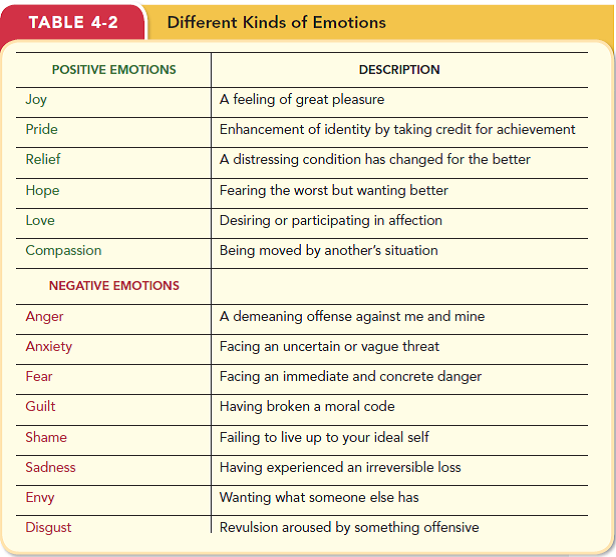
- Drink a glass of water.
- Take a shower or bath.
- Take a nap.
Process Feelings
- Draw how you’re feeling.
- Make a gratitude list.
- Punch a pillow.
- Scream.
- Let yourself cry.
- Rip paper into small pieces.
-
Vent. Venting is not the same as asking for help, it's taking an opportunity to share your feelings out loud. We do this naturally when we talk with someone we can trust about whatever is upsetting us. You can also vent by writing a letter to the person who upset you. Keep the letter a couple of days and then tear it up. Stick to pen and paper—using social media when you are highly emotional can be tempting, but you might say something you regret.
Problem Solving
- Make a list of solutions to problems – it can help to brainstorm with a friend of family member.
- Make a list of your strengths. There are plenty of things about you that are awesome, no matter how down you are feeling at the moment.
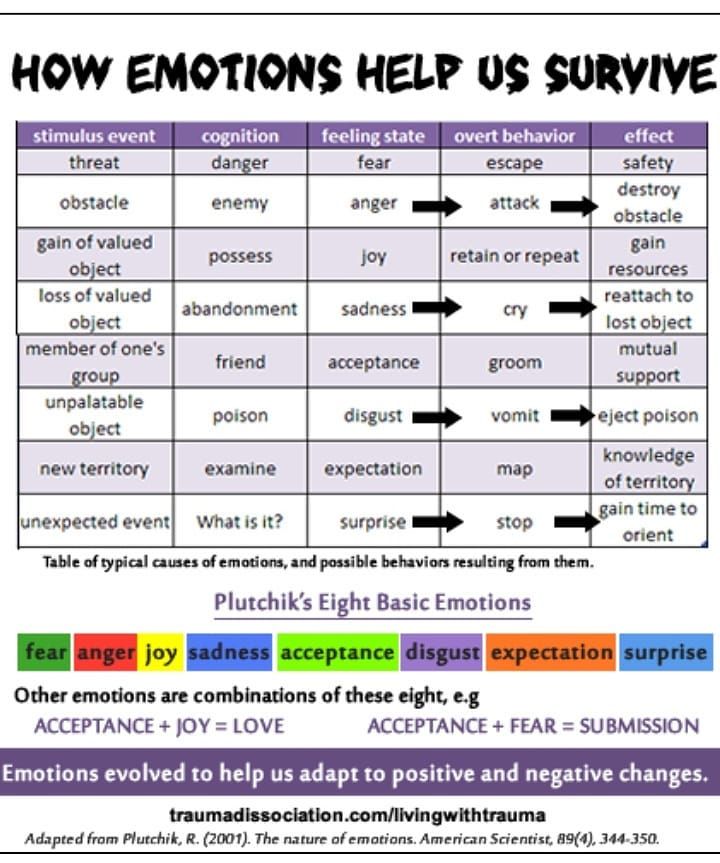
- If a person has upset you, talk with them directly. Fill in the blanks to this sentence – “I feel ______ when (this happens) because ______. Next time, could you please ________.” Example: “I feel left out when there is no room at the lunch table, because then I don’t have friends to talk to. Next time can you please save me a seat?”
Volunteering/Acts of Kindness
- Do something nice for someone you know.
- Help a stranger.
- Volunteer your time.
Hobbies/Stress Relievers
- Learn something new – there are tutorials for all kinds of hobbies online.
- Create - try a craft project, color, paint, or draw. Invite a friend to join you for added fun.
- Write – you could write a story, a poem, or an entry in a journal.
- Get active – dancing, running, or playing a sport are some good ways to get moving.
- Play a video game.
- Get a plant and start a garden.
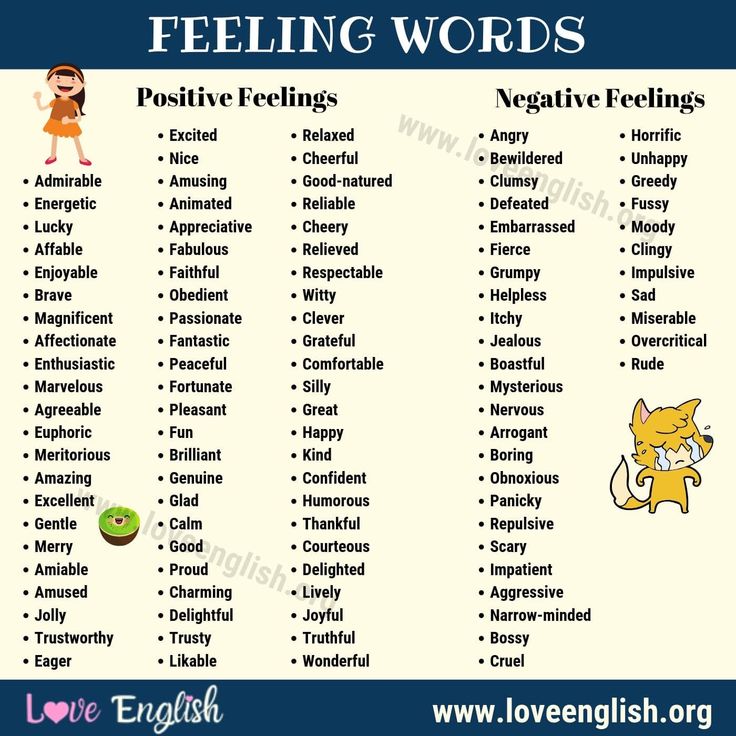
Relaxation Exercises
- Practice belly breathing –put one hand on your stomach and start to inhale slowly. As you breathe in, imagine a balloon in your stomach filling up and continue to inhale until the balloon is very full. Put your other hand on your heart, feel your heartbeat, and hold your breath for 5 seconds. Now let your breath out slowly for 10 seconds – feel your belly flatten like a deflating balloon. Repeat this process 4 or 5 times and you should notice your heart beat slow down and your muscles relax.
- Try progressive muscle relaxation –clench your toes for a count of 5, then relax them for a count of 5, then move to your calves, then your thighs, then your abs, then your arms, then your neck.
- Play with Play-Doh.
- Go for a walk – feel the ground under your feet and the air on your skin. Focus on your senses.
- Find a guided meditation on YouTube.
- Do yoga – you can find videos on demand using your tv or online.

- Read a book.
- Listen to music, a podcast, or an audiobook.
- Unplug – turn off your phone, tablet, and/or computer for an hour or so.
Ask for Help
- Text a friend.
- Ask someone to just sit with you.
- Call a family member.
- Talk to an adult you trust.
- Call a friend you haven’t talked to recently.
- If you are in crisis, call 1-800-273-TALK or text “MHA” to 741741.
If nothing seems to work...
If you still feel sad, worried, or scared after trying to help yourself, you might be showing the early warning signs of anxiety or depression.
A screening is an anonymous, free, and private way to learn about your mental health and if you are showing warning signs of a mental illness. Visit mhascreening.org to take a screen. It only takes a few minutes, and after you are finished you will be given information about the next steps you should take based on the results.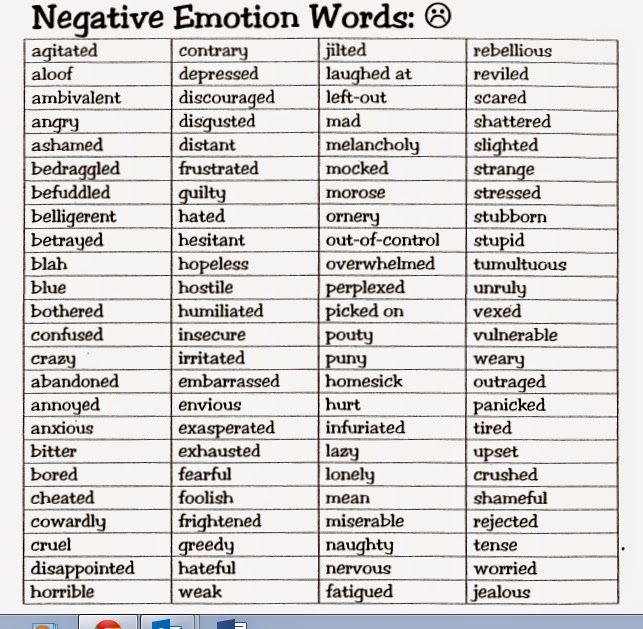
A screening is not a diagnosis, but it can be a helpful tool for starting a conversation with your doctor or a loved one about your mental health.
Adapted from Red Flags: Harmful Coping Responses and Coping Responses.
Where Emotions Get Trapped In The Body and How to Release Them
You’ve probably heard the term “emotional baggage.”
It’s sometimes used to describe the phenomenon of carrying past trauma or so-called negative experiences through life, relationships, or a career.
You may see this reflected in someone’s posture, as if they’re carrying around an unbearable weight. It may even prevent them from moving forward in life.
Everyone carries unprocessed emotions from experiences to some degree. However, emotions that aren’t dealt with don’t just go away.
They can affect:
- the way you think about yourself
- how you react to stress
- your physical well-being
- your relationships with others
After all, emotional baggage gets its name from somewhere, right?
Let’s unpack the layers of how and where emotions get stuck, so you can release what’s weighing you down.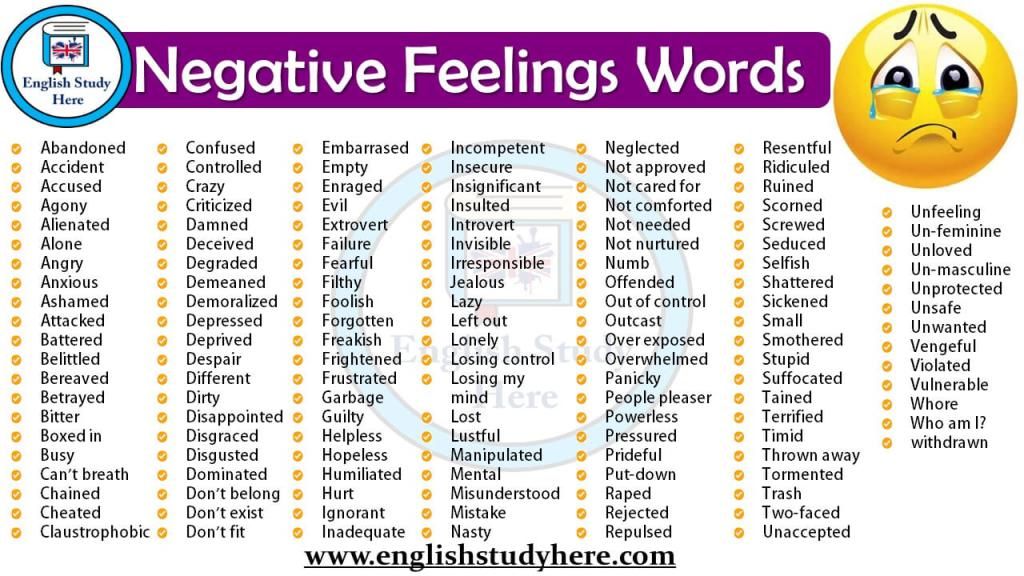
Perhaps you’ve heard of people crying during yoga, massage, or acupuncture treatment because of a tender spot that, when activated, appears to lead to an emotional release.
Though some may refer to trauma being “stored” or “trapped” in the body, that isn’t necessarily a scientific way to put it.
However, the symptoms of traumatic stress can manifest physically.
This may be because the brain associates this area with a particular memory — often on a subconscious level.
Activating certain areas of the body may trigger these memories, according to Mark Olson, PhD, LMT, the owner and director of the Pacific Center for Awareness & Bodywork.
“Emotions are constantly being generated — subconsciously or consciously — in response to the reactivation of memories or unsatisfied goals,” Olson says. “The touch to X area is simply a reliable stimulus to reconstruct the pattern associated with that traumatic event.”
Touch may bring up emotions or a memory may create sensations in a particular area of the body.
While this is usually associated with a bodily location, Olson believes that everything is happening in the brain.
Alternatively, some believe that trauma and difficult emotions can, in fact, become literally stuck energy in the body, though this isn’t supported by scientific evidence.
According to Bradley Nelson, DC, trapped emotional vibrations cause surrounding tissues to vibrate at the same frequency, known as resonance.
In his book “The Emotion Code,” Nelson writes, “Each trapped emotion resides in a specific location in the body, vibrating at its own particular frequency.”
This may cause you to attract more of that emotion, he says, creating a build-up or blockage.
Still, Nelson’s stance remains theoretical until further research can be done.
That said, research as early as 1992 along with more current research supports the mind-body connection, or the belief that a person’s mental and emotional health impacts the state of their physical health.
A classic example of this is fear.
If you’re in a situation where you’re afraid, your body generates a physical response to this emotion by activating the fight-flight-freeze response.
According to Nelson, three things happen when an emotion is experienced.
- We develop an emotional vibration.
- We feel the emotion and any thoughts or physical sensations associated with it. This is where the mind and body’s interconnectedness comes into play.
- We move on from the emotion by processing it.
According to Olson and other research, emotional processing occurs in the limbic structures of the brain.
We’re constantly taking in information, which generates pre-conscious autonomic nervous system responses. This sends a signal to the body activating the corresponding emotion.
In other words, your “feeling” comes from what your nervous system is telling you.
According to Nelson, when the second or third step mentioned above gets interrupted, the energy of the emotion becomes trapped in the body.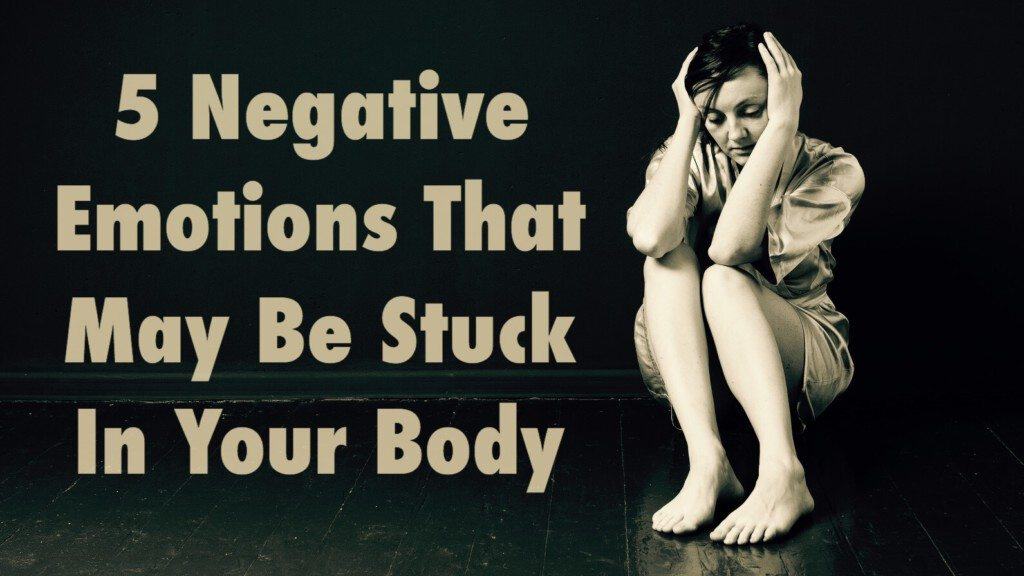 As a result, you might experience muscle tension, pain, or other ailments.
As a result, you might experience muscle tension, pain, or other ailments.
The higher the emotional intensity, the more likely it is to become trapped.
“The phrase ‘trapped emotions’ usually means that the true self wants to express something that the false self doesn’t want us to express,” Olson says. “In psychology, we think of the true self as the part of us that we are born with that is naturally open, curious, and trusting, while the false self emerges as a set of adaptive strategies to deal with pain and loss.”
This repressed negative emotional energy can express as:
- resentment
- poor decision-making
- self-sabotage
- overreaction
- increased stress and anxiety
- depression
- fatigue
Mind-body therapist Kelly Vincent, PsyD, compares trapped emotions to carrying around a large backpack. It weighs us down, impacts our mood, and drains our energy.
Additionally, she notes that it can also destroy body tissues and prevent normal functions of organs and glands.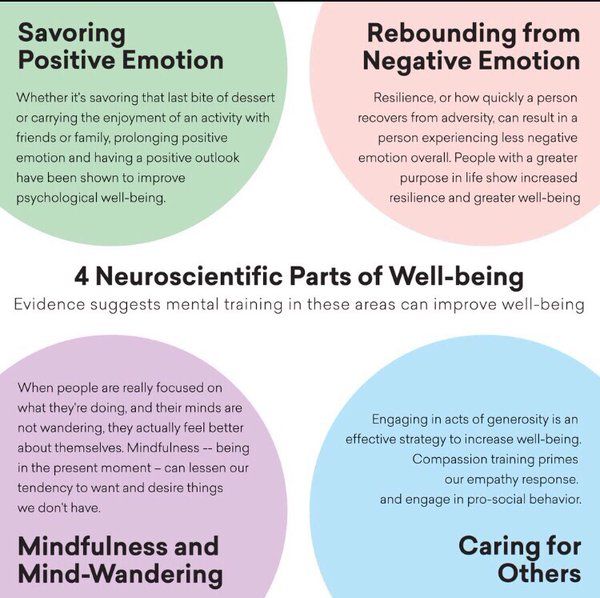
“It’s just like a giant roadblock on the freeway,” Vincent says. “It is hard for energy to flow naturally through.”
It’s impossible to have a conversation about trapped emotions without exploring trauma, especially how the brain experiences it.
Nearly everyone experiences trauma at some point in their lives.
According to a 2015 survey of almost 69,000 adults across six continents, over 70 percent of respondents reported exposure to a traumatic event, while 30.5 percent were exposed to four or more.
Trauma can come about through life experiences like:
- a breakup
- a major life change
- the death of a loved one
- infidelity in a relationship
- loss of a job
- an experience of violence, discrimination, or racism
Trauma can impact cognitive processes.
It especially affects memory processing and the ability to recall factual information, or explicit memory. As a result, the traumatic experience or memory is not “logged” properly in the brain.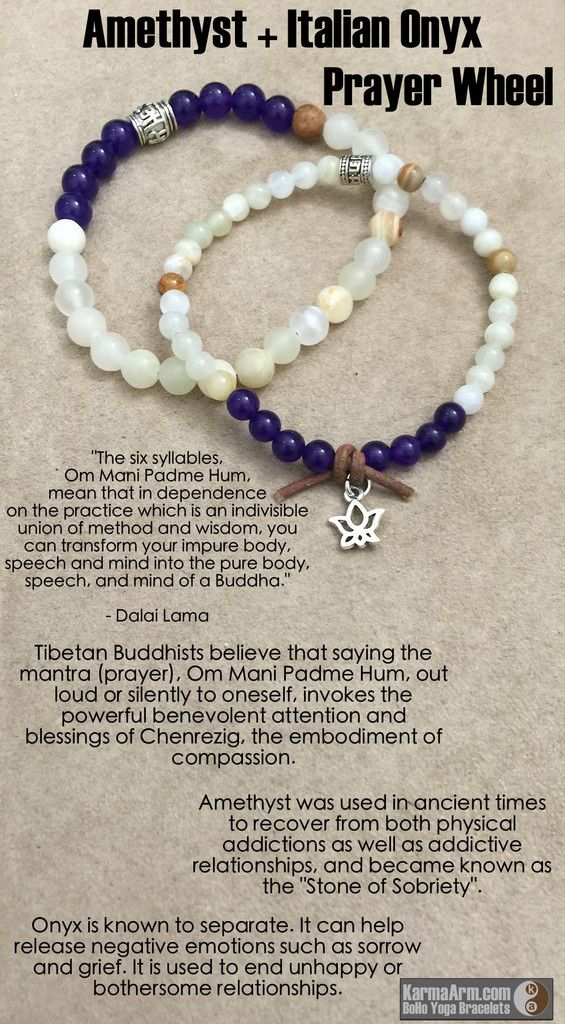
“When it comes to an extremely overwhelming experience, like a trauma, the brain encodes the traumatic memories as pictures or body sensations,” Vincent says.
When triggered, the brain may disconnect from reality or replay the traumatic event in the form of a flashback.
This is known as dissociation, or psychological disconnect.
These sensory fragments remain in the mind and interrupt the brain’s natural recovery process.
Vincent compares traumatic memories to a virus in our encoding system, where unprocessed events can cause our mental and physical processes to malfunction.
When trauma isn’t processed or resolved on its own, it may linger far past the actual event.
This is often seen in people with post-traumatic stress disorder (PTSD), a condition that develops after a person undergoes terrifying or life-threatening events.
Research shows that those with current PTSD have a smaller hippocampus, a center for emotions and memory in the brain.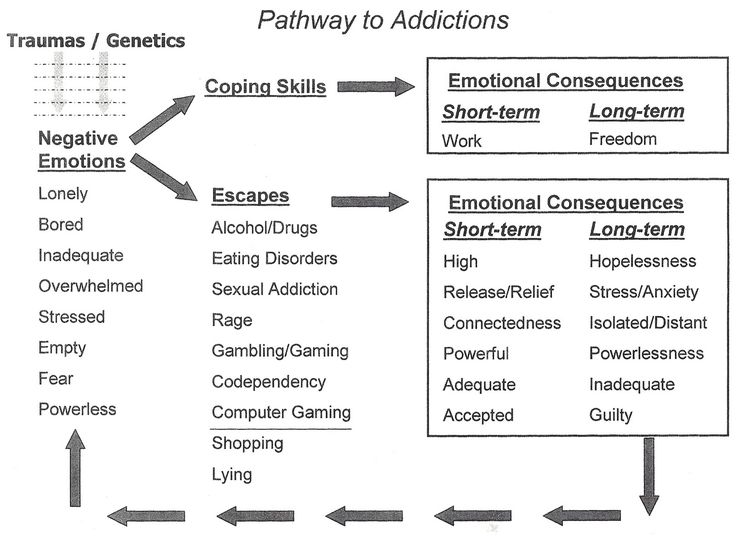
Stress leads to the release of the hormone cortisol, which is a part of the fight-flight-freeze response.
Research from 2011 showed that prolonged stress damages the hippocampus, which may show up as abnormal blood flow or reduced size. As a result, your body may remain in this hypervigilant state even if you’re not consciously thinking of the traumatic event.
Ever feel a tightness in your chest during an anxiety-inducing situation? Or do you notice that it feels good to stretch your hips after an emotionally draining day?
Where one person feels tension or sensitivity in their bodies might not be the same for another.
Some studies, however, provide a baseline for where emotions are generally experienced. But there’s still more research needed on this subject for conclusive takeaways.
One such study from 2013 led by a team of biomedical engineers in Finland sought to explain where emotions are felt in the body.
They mapped bodily reactions to emotions in about 700 individuals by asking them to color in regions where they felt reactions increasing or decreasing due to various stimuli.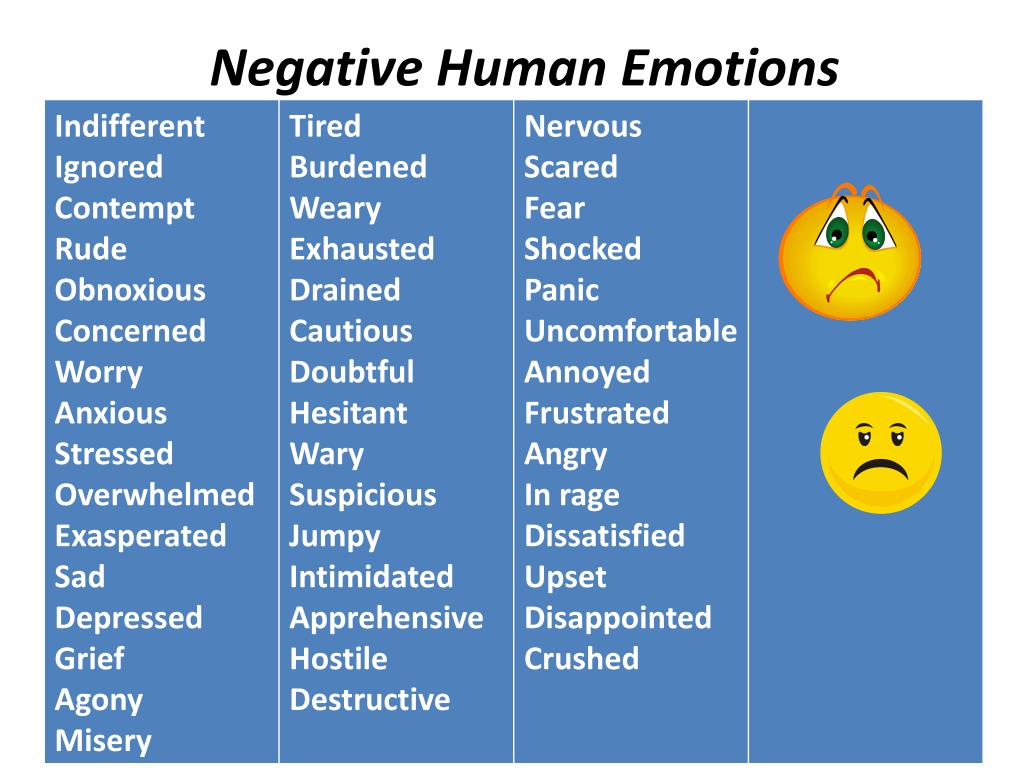
They found that different emotions were associated with different bodily sensations that were generally the same for participants across the board.
For example, anger, fear, and anxiety showed increased activity in the chest and upper body.
This may explain the origins of expressions like “hot-headed” or “carrying the weight of the world on your shoulders.”
These emotions can also kickstart the sympathetic nervous system to create a quick response in the body. That’s why you may feel your heart pulsing or your muscles tightening when you become nervous or stressed.
A chart in the study references where these feelings were found to be experienced in the body. See a summary below:
Share on PinterestIllustration by Maya Chastain
Additionally, the same researchers conducted a follow-up study that found the intensity of a feeling directly correlated with the intensity of physical and mental sensations.
They categorized feelings into five groups:
- negative, such as stress, anger, and shame
- positive, such as happiness, love, and pride
- cognition, such as attention and perception
- homeostatic states, or a balanced, regulated internal state
- illnesses and somatic states
Feelings are ever-changing, and this research may be helpful for those who have trouble understanding their emotions.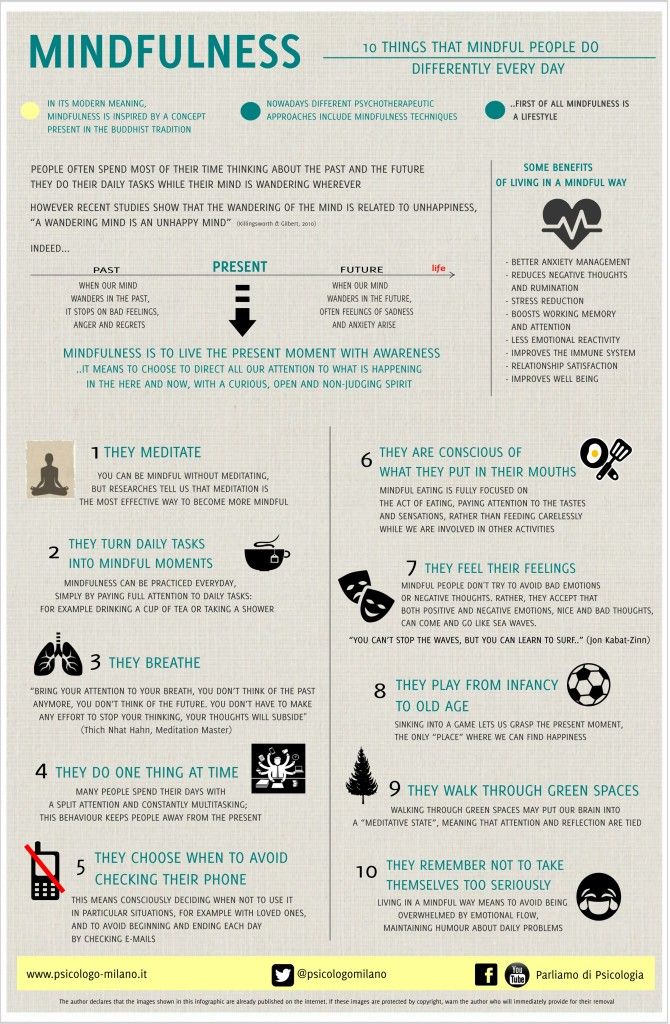
Emotions that aren’t dealt with may become stored in your unconscious, and may even affect your body posture.
“Your head is in a different position when you’re confident and when you’re confused,” Olson says. “Your spine takes on a different shape when you’re defeated or victorious.”
Olson says that people may subconsciously default to specific postures that block their awareness of painful feelings.
“Muscle tension emerges to create and maintain postures that keep oneself safe or unaware of unpleasant feelings,” he says.
Certain postures and gestures also relate to specific feelings and social meanings. Think of a warm embrace versus crossed arms.
This may help us understand why some believe tension in the body is associated with specific areas. However, Olson advises against using this to create general narratives.
“This puts a very shallow limit on how far one can explore as they defer to a [list] rather than what they can find within themselves,” he says.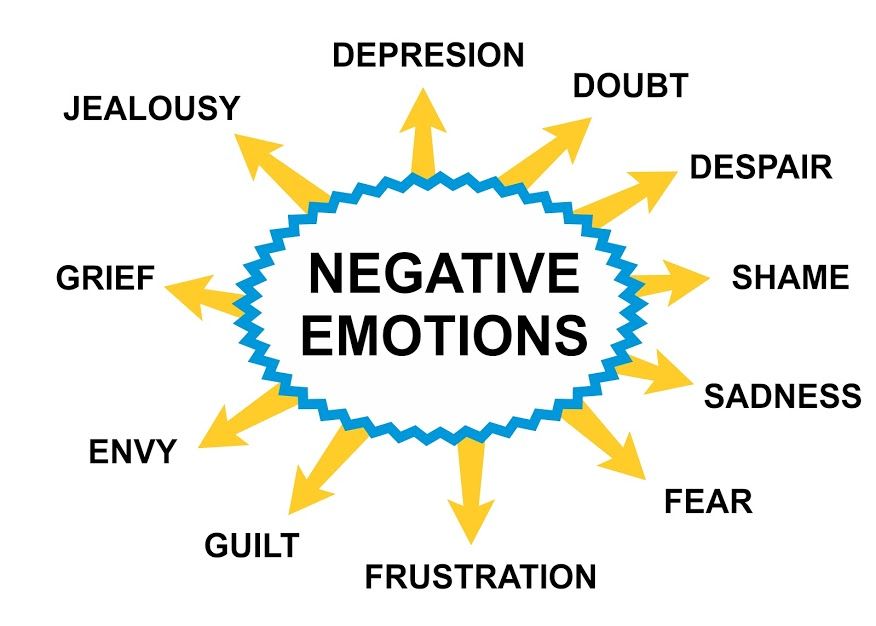
Ever feel like you need to cry, scream, laugh, punch a pillow, or dance it out?
We’re often taught to bury our pain and soldier on. Over time, this can lead to repressed emotions, also known as unconscious avoidance.
Research from 2019 linked emotional repression with decreased immune system function.
Here are a few ways to release repressed emotions:
- acknowledging your feelings
- working through trauma
- trying shadow work
- making intentional movement
- practicing stillness
Acknowledge your feelings
The more you understand your emotional world, the more you can digest your feelings in healthy ways.
The first step is to connect with and understand your emotions. People with repressed emotions may have trouble identifying their feelings, which is why it can be valuable to talk with a mental health professional.
A 2007 study showed that labeling your emotions can decrease their intensity.
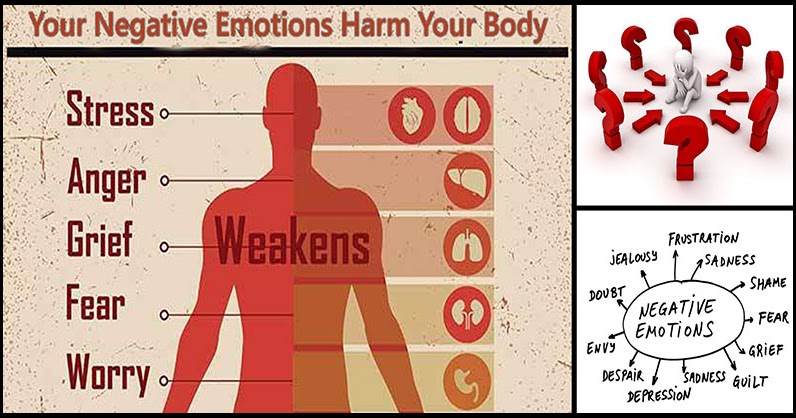
You can do this by using psychological tools, like the cognitive distortion categories, or by exploring ways to categorize your emotions to help you make sense of them.
Work through past trauma
Often, there are things we carry around for years that stem back to childhood. Some examples of past trauma include:
- abuse, including mental, emotional, physical, or sexual
- neglect
- loss of a loved one
- separation from a parent or caregiver
- bullying
- dysfunction at home
Unresolved childhood trauma can show up in many ways, including:
- self-blaming
- casting blame on others
- feeling depressed
- withdrawing from social activities
In order to work through trauma, Olson says it’s crucial to feel the grief about the fact that you may never get what you wanted or deserved years ago.
Once you’ve allowed yourself that grief, you can acknowledge the adaptive strategy you developed as a result.
For example, you may have developed a coping strategy to be independent that eventually results in feelings of isolation. Without recognizing your strategy, you might think you’re being alienated by others.
On the other hand, if you realize your isolation comes from your adaptive strategy, you can identify the root of the issue and modify your strategy to better meet your true needs.
Shadow work
Similar to exploring childhood trauma, shadow work offers another lens of exploring different parts of ourselves that we keep hidden, typically due to shame or inadequacy.
People tend to hide the parts of themselves that they believe are unacceptable.
For example, were you told to “calm down” or “stop crying” when you were upset as a kid? This emotional invalidation may cause you to feel ashamed of your emotions or to downplay them.
Shadow work can be done in several ways, though it’s generally recommended to work with a therapist.
You can find a few shadow work exercises here.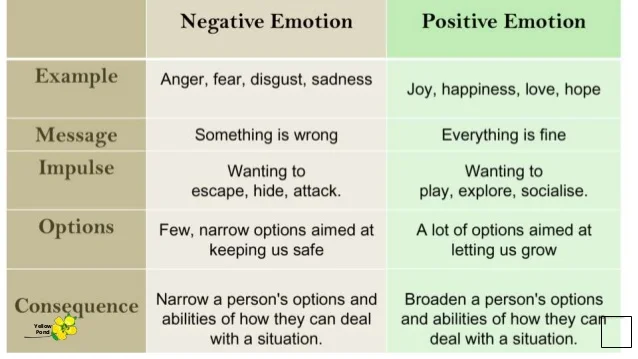
Intentional movement
Somatic experiencing (SE) is a way to address any unprocessed tension or emotion that may be lingering in your body.
SE uses a body-first approach to address symptoms, with the idea that freeing unprocessed trauma can promote emotional healing.
One way to do this is through intentional movement, according to Vincent.
“When we intentionally move, we can create a sense of safety in our bodies that we may not have experienced before, especially individuals who have stored trauma,” Vincent says.
Examples of intentional movement include:
- dance
- stretching
- yoga
- shaking
- martial arts
- qi gong
- tai chi
- meditative walking
- belly breathing exercises
Vincent notes that intentional movement releases any stored energy while helping the brain recognize the difference between tension and relaxation.
Practicing stillness
Being still allows us to be with our thoughts and feelings in a present state.
It taps into the brain’s default mode network, which is when your brain briefly enters an idle state. This triggers what scientists call “self-generated cognition,” which includes things like daydreaming or letting your mind wander.
By momentarily disengaging from external stimuli, research says people can better connect with their inner thoughts, emotions, and desires.
“We live in a world where stillness isn’t practiced enough, nor is it valued, but can be so nourishing to our minds and bodies,” Vincent says. “It also allows space for emotions to come into… consciousness.”
Some ways to practice stillness are:
- meditation
- breathing exercises
- sitting in nature
- listening to calming music
- repeating affirmations
- progressive muscle relaxation
When an emotion is not fully processed, it may become “stuck” in the body.
However, it’s the limbic structures of the brain where emotional processing occurs. While some areas of your body undoubtedly hold tension or may be associated with an emotional experience, ultimately it’s the brain that’s reconstructing the emotion.
While some areas of your body undoubtedly hold tension or may be associated with an emotional experience, ultimately it’s the brain that’s reconstructing the emotion.
By using techniques to work through your emotions, like therapy, intentional movement, and shadow work, you can learn to move on from past traumas and release the associated bodily tension.
Julianne Ishler is a freelance writer, creative mentor, and certified Enneagram practitioner. Her work revolves around helping people live more mindfully and aligned with themselves. You can follow her on Instagram for self-discovery resources or visit her website.
How to get rid of negative emotions?
How to get rid of negative emotions?
JavaScript seems to be disabled in your browser.
You must have JavaScript enabled in your browser to utilize the functionality of this website.
Our Brendy
Our stores
DELIVE category
- Matracies
- Toper
- Pillows
- Kovdri
- Axesuari
- ACTSIA
Our stores
Club 5*
9000 Do you feel like you've been surrounded by too many negative things lately? If your answer is yes, then you need to help yourself using our tips and discover new secrets of a happy life.
Do you think that lately you have been surrounded by too many negative things that appear every day, and you do not have time to enjoy all the good things that happen to you? If your answer is yes, then you need to help yourself using our tips and discover new secrets of a happy life. nine0007
1. Suppress your inner negativity.
Learn to be less critical of yourself and your actions . Start evaluating the things you do on a daily basis, even if those things are small. Sometimes it will just benefit you not to notice doubts, rely on yourself 100%. Set realistic requirements for yourself and don't try to achieve the goal at any cost , it's very tiring.
2. Make time for yourself.
In the modern rhythm of life, we often complain that we do not have enough time, but in fact this is not so. The whole truth is hidden in our opportunities to organize and prioritize. Think about something you could put aside for an hour or two and use that time to draw, sew, do yoga, go for a run, watch a new movie, chat with a friend…
It is important that you know how to devote time to yourself, putting some things aside .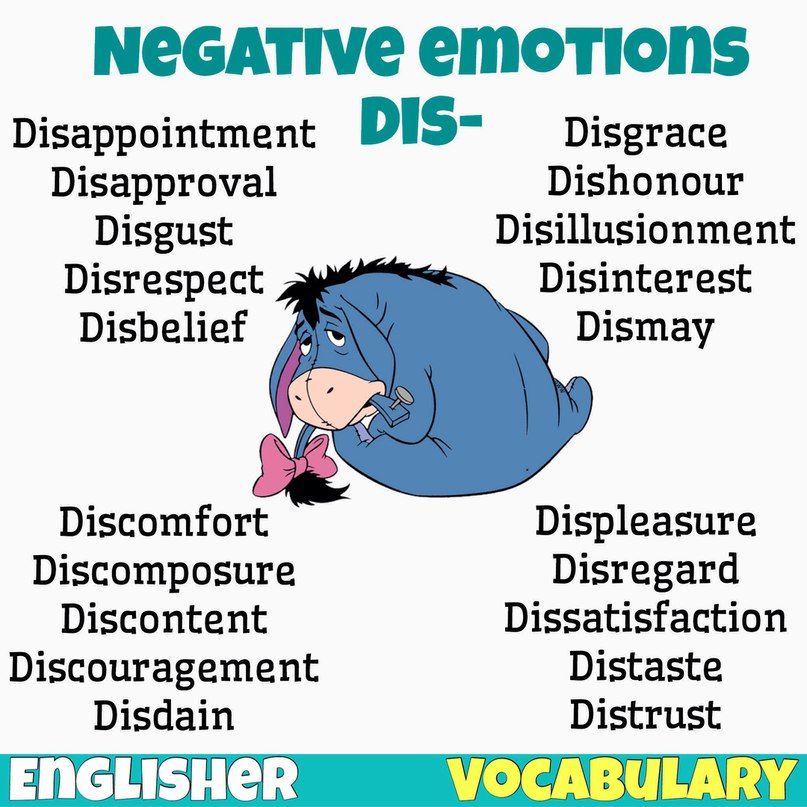 If your new hobby brings joy, then you will be pleased with yourself and feel rested, and this will also work well in other areas in which you need to work. nine0007
If your new hobby brings joy, then you will be pleased with yourself and feel rested, and this will also work well in other areas in which you need to work. nine0007
3. Reduce your wish list.
You are one of those people who has a wish list that is "written for a kilometer" - a new car, a new carpet in the apartment, a new kitchen, a new sports bike. Such desires usually contribute to stress and tension, which make us feel dissatisfied, when desires are not realized.
Be happy that you already have , and think carefully and set yourself an achievable goal. Chasing material values, you will encounter the "snowball" effect, when it gets bigger and bigger as it rolls down the mountain. Don't focus on one. Sometimes helpful is just a dream. And let it remain a dream.
4. Take responsibility for your actions.
Only when you are responsible for what you have done will you achieve control and order in life .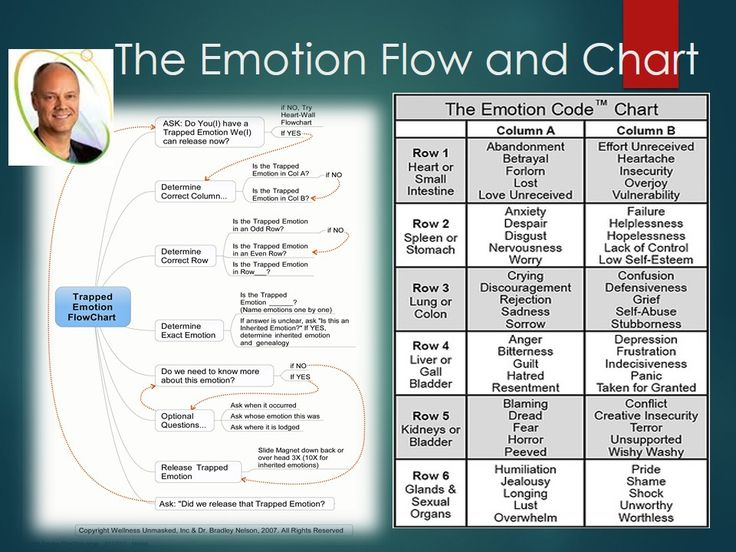 Do not blame the evil cosmic forces for what is happening to you, but rather think about what you did wrong and what you can fix.
Do not blame the evil cosmic forces for what is happening to you, but rather think about what you did wrong and what you can fix.
5. Forget about petty envy.
Envy is a source of negativity and displeasure , and it is like a funnel that sucks happiness and well-being, so you should learn to forgive and not pay attention to the little things.
6. Are you ready for change?
Routine and habit often contribute to fatigue and negativity which you can drive away with small changes in your lifestyle. This does not mean that you need to move to live in another state or completely change your lifestyle. A little something is enough to spice up your life. nine0005
Rearrange, or on a rainy Saturday, tidy up the books in your office. Creative people, why not repaint the wall in orange. Color therapy will only benefit , for example, the color orange will invigorate and energize you, as well as fill your home with joy.
7. Always be happy.
Let the little things make your day beautiful - rejoice in the little things that seem so ordinary. Learn to appreciate the radiance of the sun, the swaying of the grass in summer, the warm summer rain, friendly people ... Be one of those who radiate positive energy, making your life and the lives of those around you a little happier.
Turn to articles
Recommended products
-
-40%
No presence
lost 0
-
-20%
No presence
lost 0
Exercise "Iceberg of anger": how to quickly get rid of negative emotions
Each of us at least once in our lives noticed how easily our consciousness switches from positive to negative thinking, and how hard it is to return to the first one. At such moments, you should always remember that no matter how hard it is to “raise your hands” and pull yourself out of the abyss of negative emotions and thoughts, it is possible.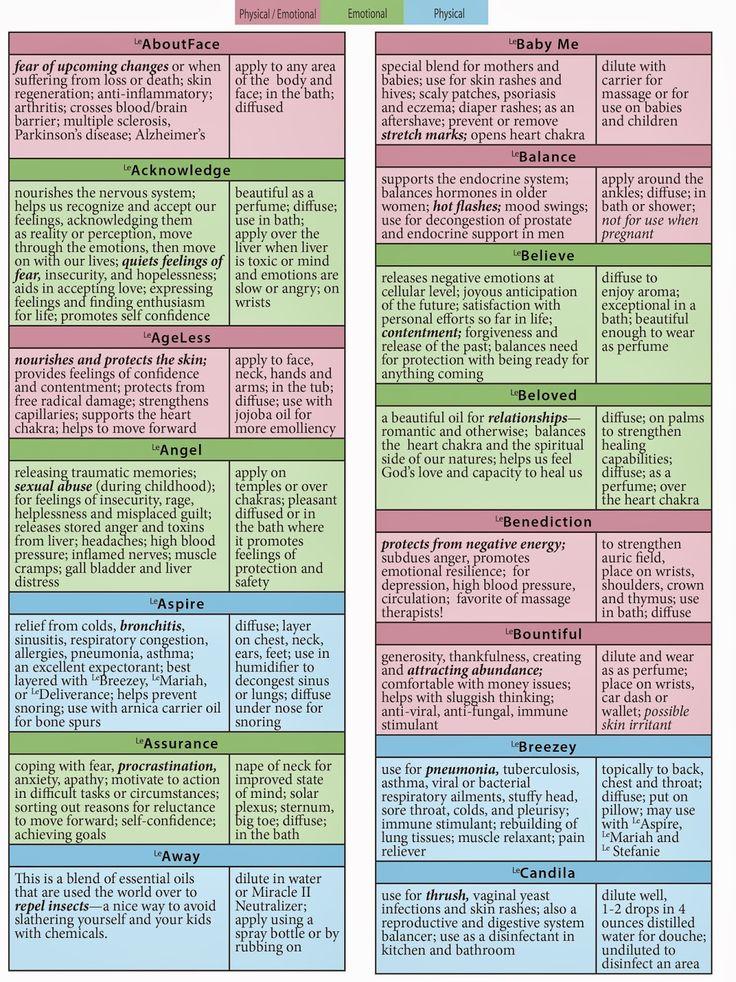 How exactly - says a blogger, coach, TV presenter and creator of the wish-fulfillment game "Hello Universe!" Lily True.
How exactly - says a blogger, coach, TV presenter and creator of the wish-fulfillment game "Hello Universe!" Lily True.
Exercise "Iceberg of anger" - what is it? nine0125
One of the classic exercises to deal with negativity is the Anger Iceberg, developed by psychologist Ashley Lipman. Its meaning lies in the fact that any negative situation or condition that happened to you should be represented as the tip of the iceberg, and its causes as its lower, most massive part. However, it is important to note that often one such exercise is not enough to deal with negativity, and to completely eliminate it, it is better to combine several techniques at once. But if your task is to get rid of negative energy as quickly as possible, you will not find a better tool than the Iceberg of Anger exercise. nine0007
Instructions for use
Think about how you will deal with a negative situation over time.
For example, someone yelled at you from a nearby car and behaved very uncivilized.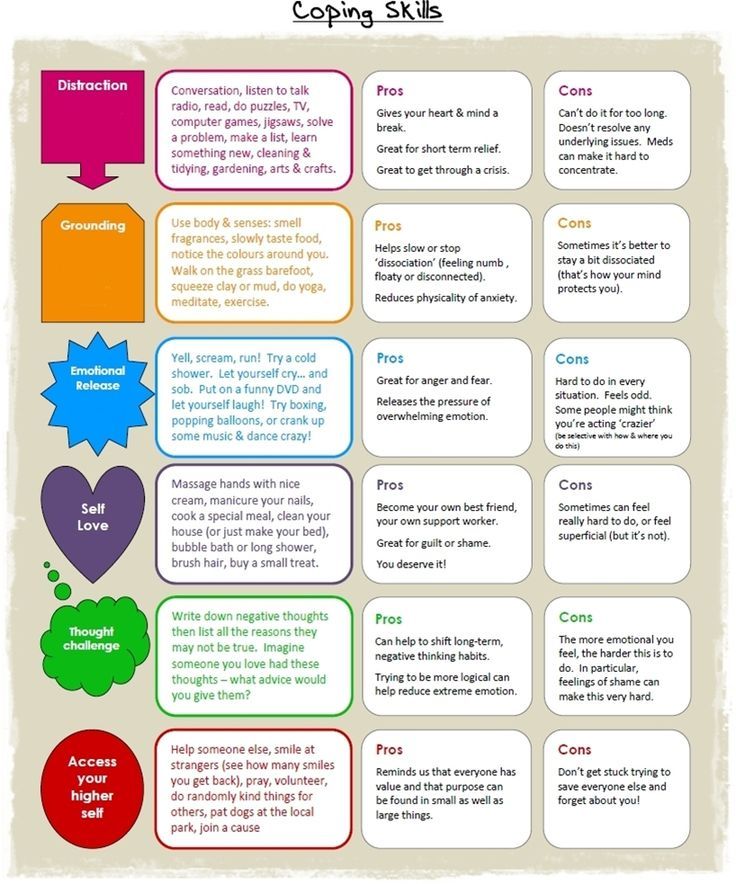 After that, you got angry, if you are not to blame for what happened. Everything infuriates you, it is very unpleasant at heart. But imagine how you will feel about this tomorrow, in a week, in a month? And in a year? Have you felt how the degree of anger inside has decreased? Then let's move on. nine0007
After that, you got angry, if you are not to blame for what happened. Everything infuriates you, it is very unpleasant at heart. But imagine how you will feel about this tomorrow, in a week, in a month? And in a year? Have you felt how the degree of anger inside has decreased? Then let's move on. nine0007
Find the source of the negativity and get rid of it.
All situations that bring negative energy into your life are very individual. And if this situation did happen, the first thing to do is to understand what is the cause of negative emotions and get rid of them. Anger, despair, anger - all this can be compared to the part of the iceberg that is visible on the surface of the ocean. But under it lies another, b o most part: the cause or combination of causes that caused these emotions. You need to calmly decompose what happened in your head and understand exactly what or who caused this negative state. Only when you are one hundred percent sure of the conclusion made and that this is not your impulsive decision, you should begin to eliminate the primary source of negative emotions and thoughts.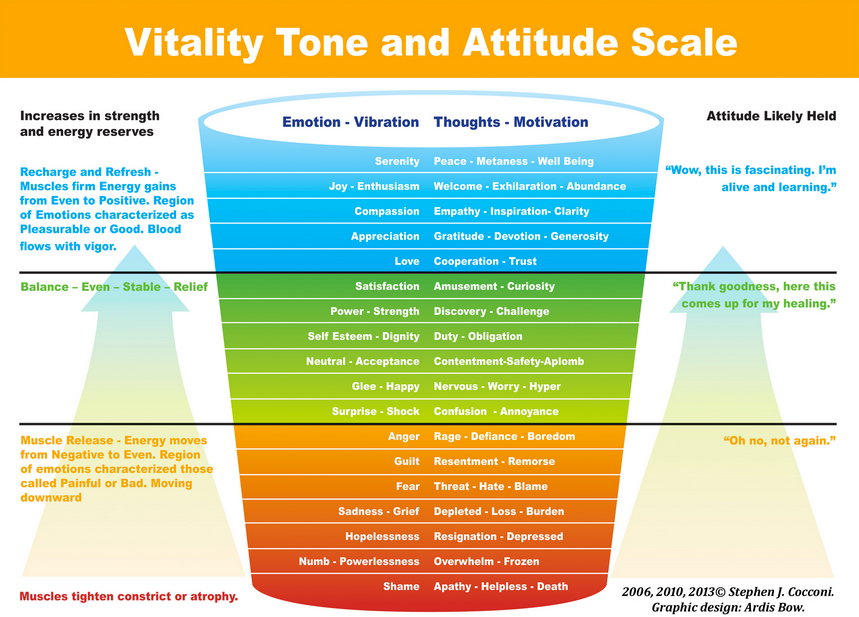 nine0007
nine0007
It is important to realize that if positive emotions give us energy, then negativity sucks it out. In today's world, every person needs a lot of energy: at home, at work, for meetings, sports and for time with himself. If, with all this, you are fixated on negative emotions, most of your energy goes nowhere, and as a result, it simply is not enough to achieve your goals. You turn into an embittered, tired and apathetic person who has no strength for anything ( read also : "The Lobster Effect: Why We Give Up After the First Failure (and How to Find the Strength to Move On)").
Compensate for the negative with the positive.
When you get rid of the cause of negative emotions and realize that they suck a lot of energy out of you, it's worth adding positivity to your life. Do something that will surely give you positive emotions: watch a movie or read a book that will inspire and energize you. Taking the first step towards a better worldview is always difficult, but only you can set yourself up for it.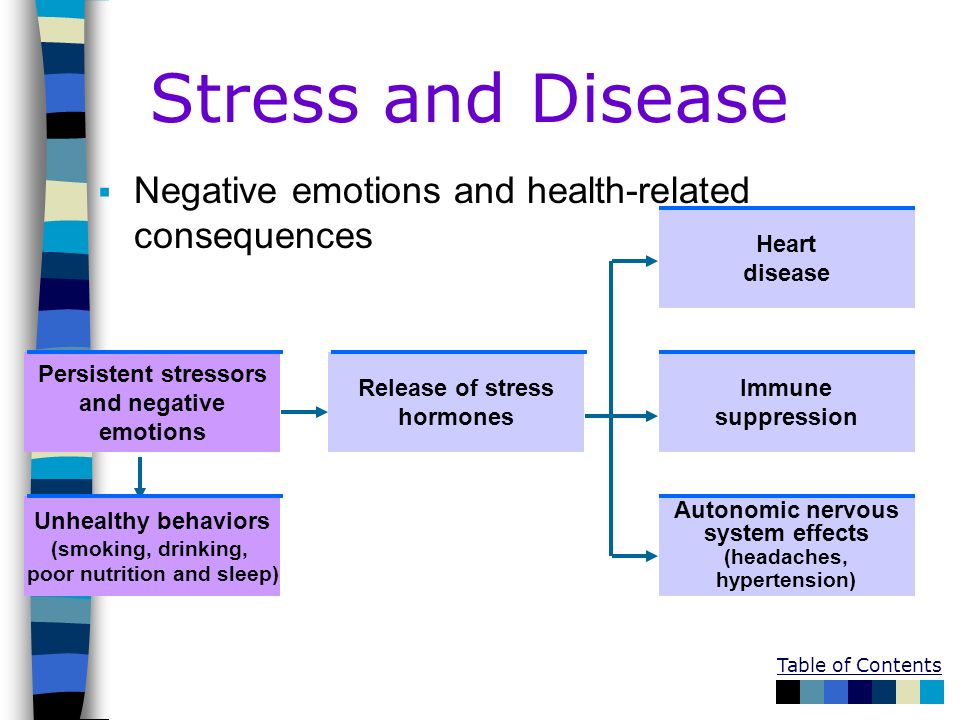 nine0007
nine0007
If you realize that you are experiencing negative emotions because of your loved one, spouse or children who are angry or offended by something, you should not immediately take it personally and adopt their emotions ( read also : « Emotional immunity: why is it important and how to strengthen it? Often, due to internal vulnerability and impulsiveness, we can transfer our emotions to other people, not wishing them harm. Therefore, you should not take any cries, anger and reproaches to heart - it is better to try to clarify the cause of the negativity and act on the basis of the conclusions drawn. nine0007
All known techniques for getting rid of negative emotions are very individual. You can drink a glass of water and it will help you, or you can undergo a full course of treatment with a psychotherapist and still not get rid of the problems that have arisen. For some, it is enough to work out the situation once, while others need a whole range of exercises. But this does not mean at all that you need to give up and stop working with your emotions - quite the contrary! Look for your individual approach to the situation, use complex methods and do not let the recovery process run by chance.